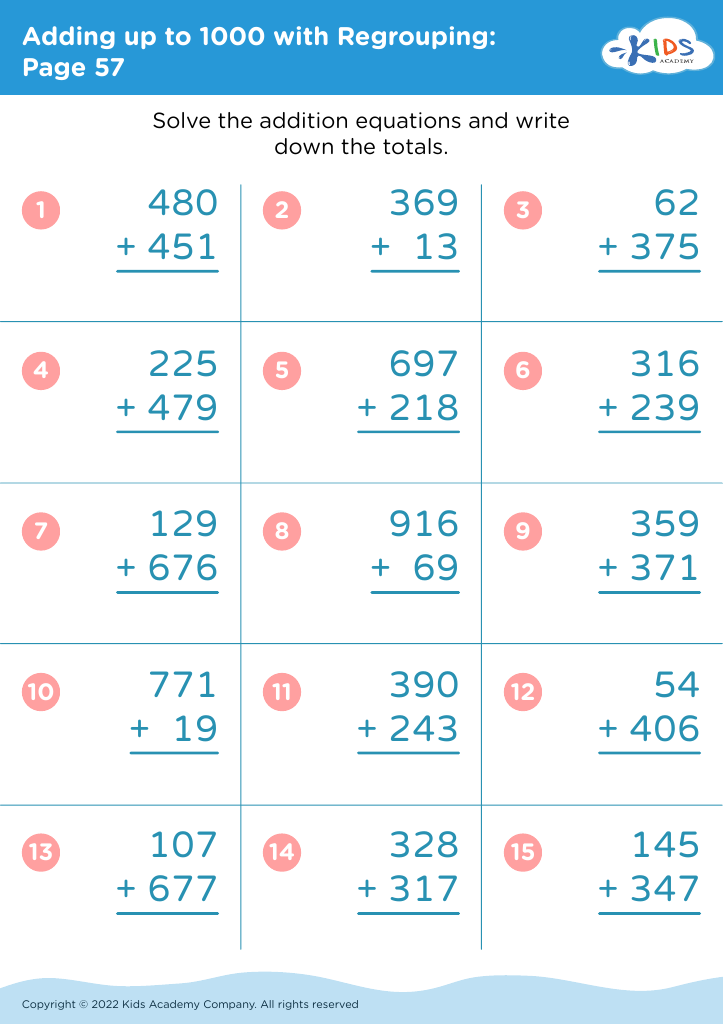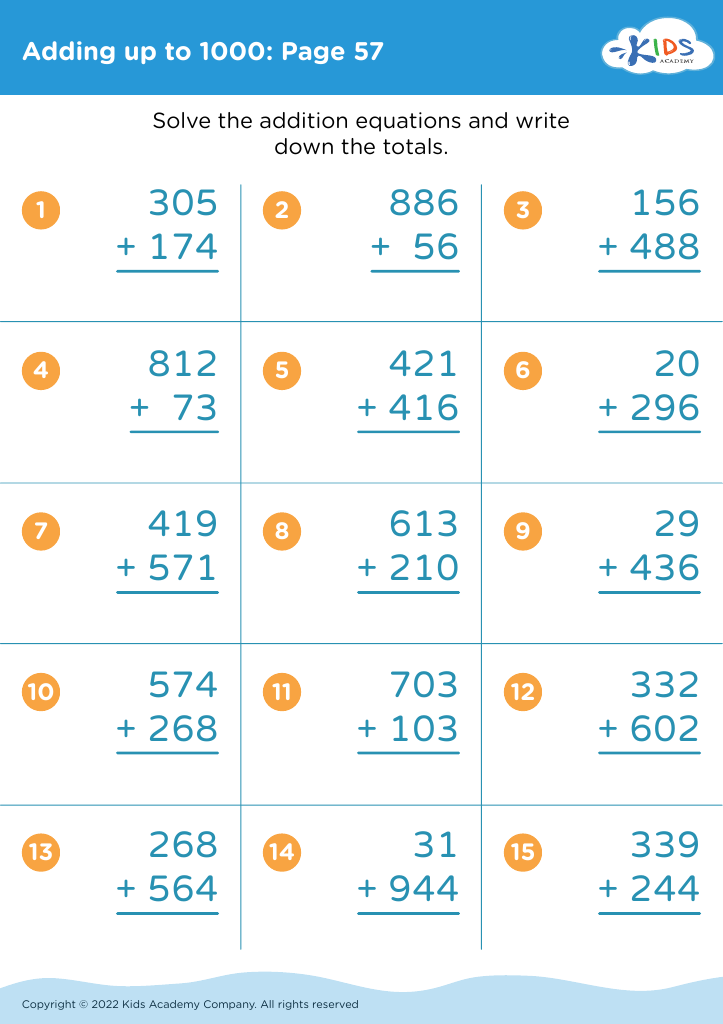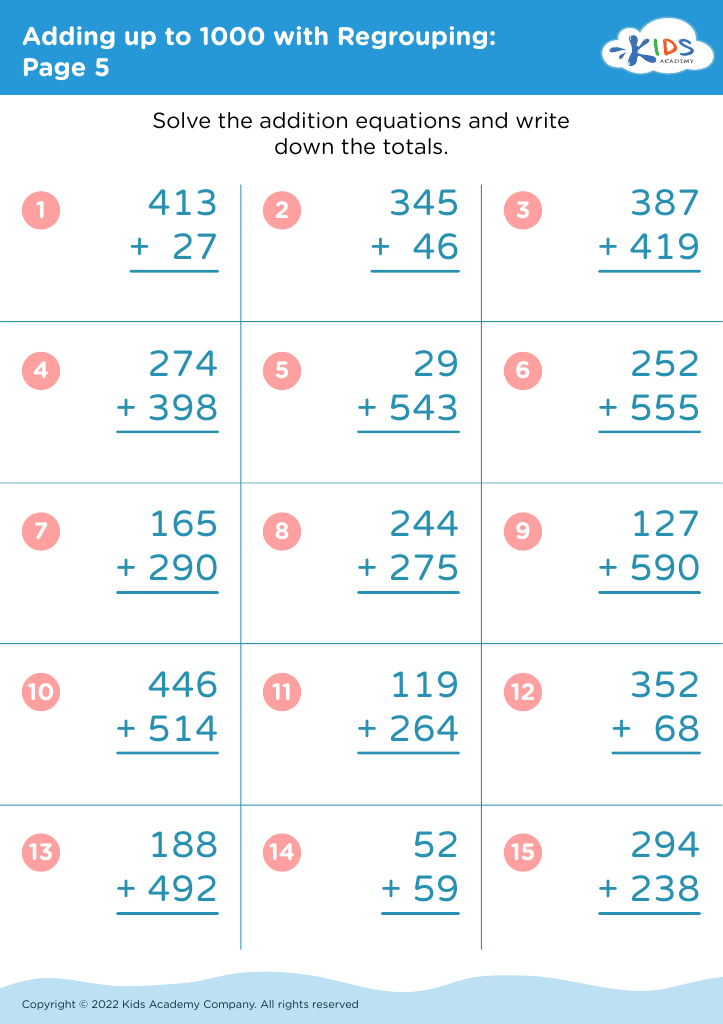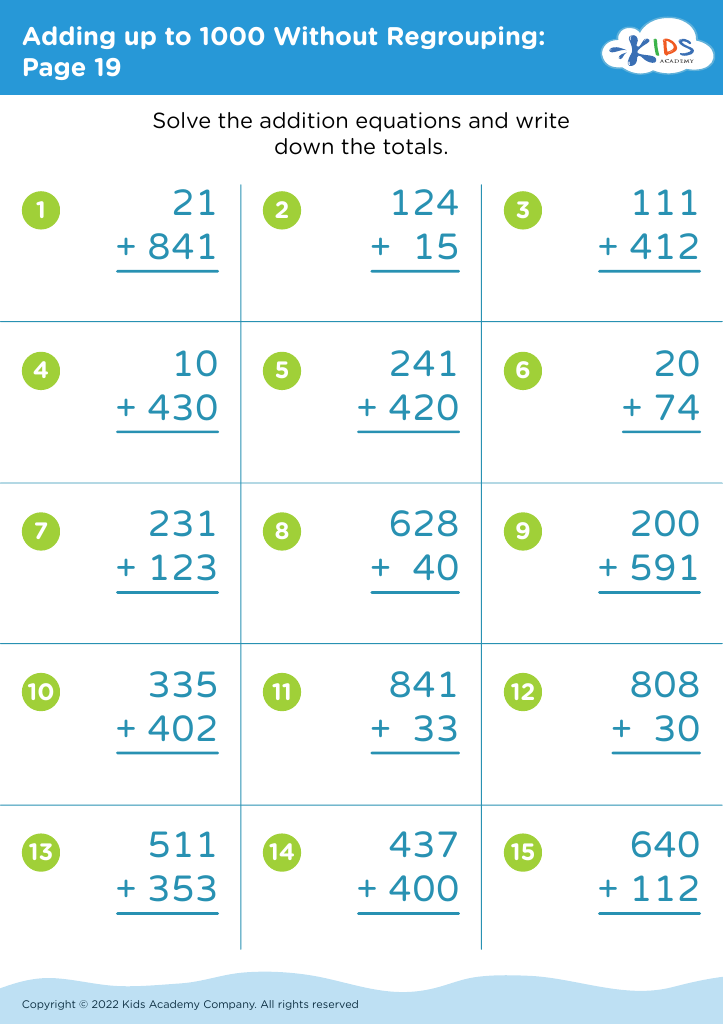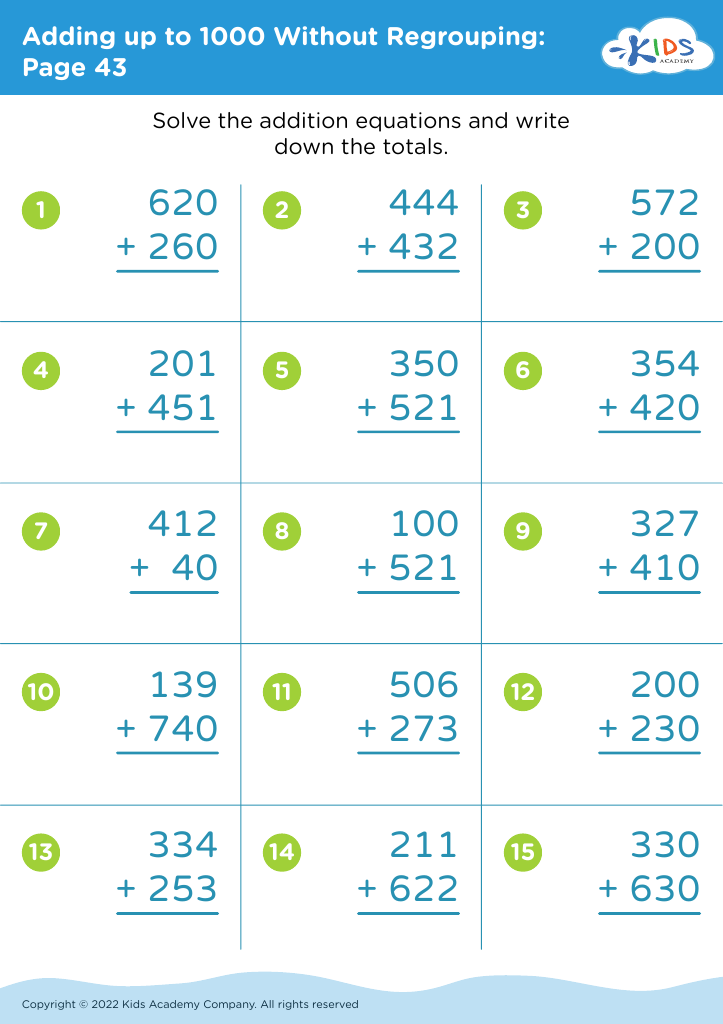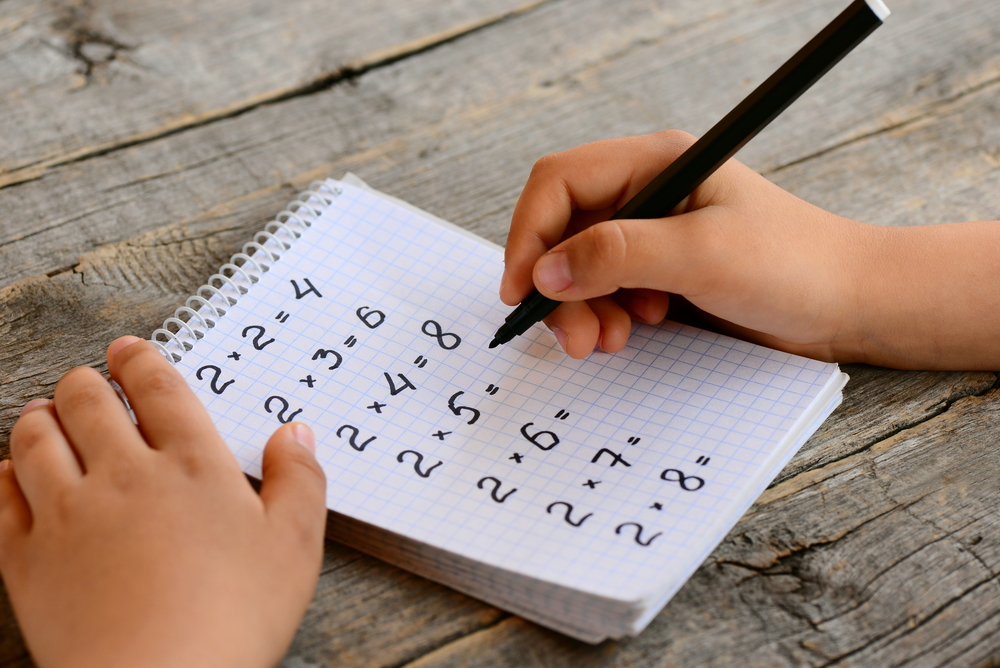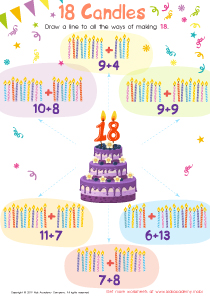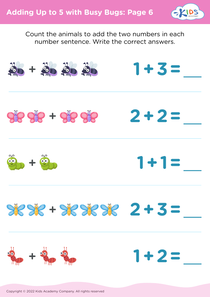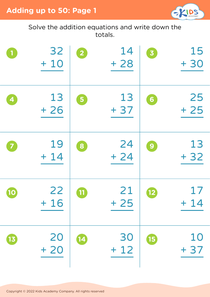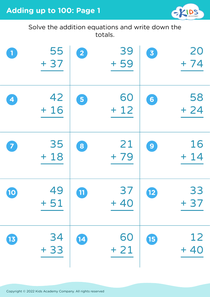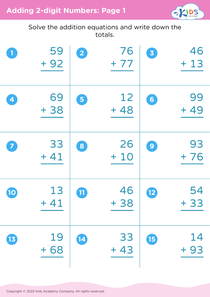Shape identification Adding up to 1000 Worksheets for 8-Year-Olds
6 filtered results
-
From - To
Explore our engaging "Shape Identification Adding Up to 1000 Worksheets" designed for 8-year-olds! These interactive worksheets combine essential shape recognition skills with math practice, encouraging young learners to identify various shapes while honing their addition skills up to 1000. Perfect for enhancing critical thinking and geometric understanding, our materials are aligned with educational standards to foster a love of learning. With vibrant illustrations and varied formats, children will find joy in every activity. Visit our webpage to discover how these worksheets can support your child's academic growth in a fun and captivating way! Let the learning adventure begin!
Shape identification and understanding numerical concepts, such as addition, are crucial for 8-year-olds as they lay the foundation for critical thinking and problem-solving skills. At this age, children are developing spatial awareness and beginning to explore geometric concepts. Recognizing shapes helps them understand their properties and relationships, an important skill for advanced math and everyday tasks, like recognizing patterns in objects or activities.
Learning to add numbers that total up to 1000 reinforces basic arithmetic skills, enabling children to become proficient in larger calculations. This foundational knowledge not only supports mathematics but also enhances reasoning and analytical abilities. Familiarity with addition promotes confidence and makes math less intimidating as children progress in their educational journey.
Furthermore, shape recognition is linked to STEM (Science, Technology, Engineering, and Math) learning, as it encourages exploration and inquiry. Parents and teachers can engage children in hands-on activities to make learning fun and interactive.
By prioritizing these skills, caregivers and educators foster a deeper understanding of math and encourage exploration, creativity, and critical thinking. Together, they can nurture well-rounded learners who possess essential skills for their future academic success and everyday problem-solving.

